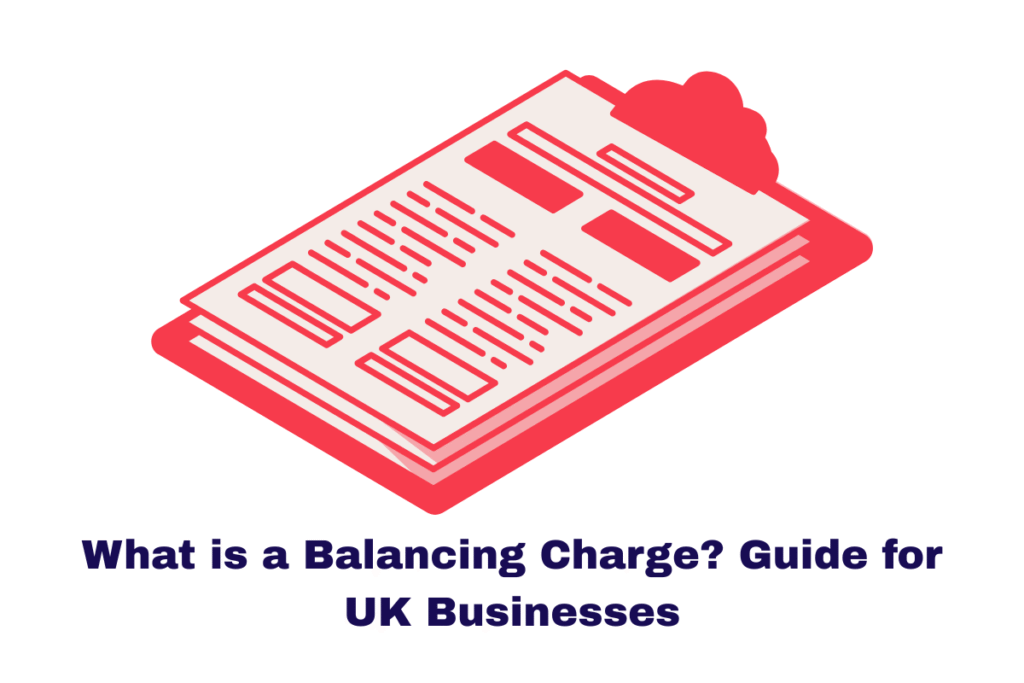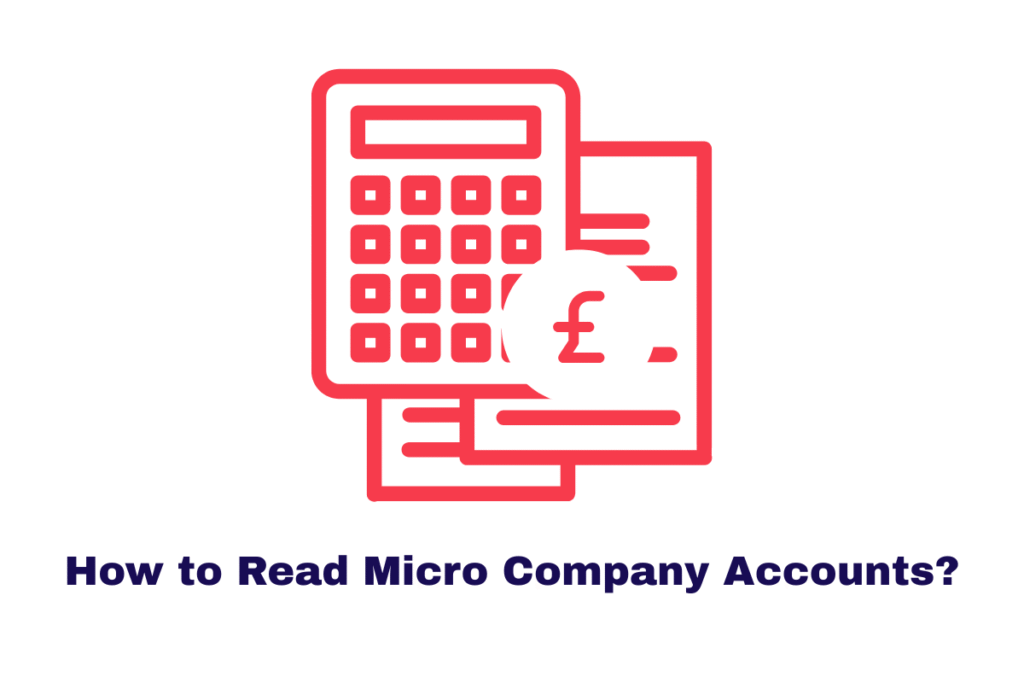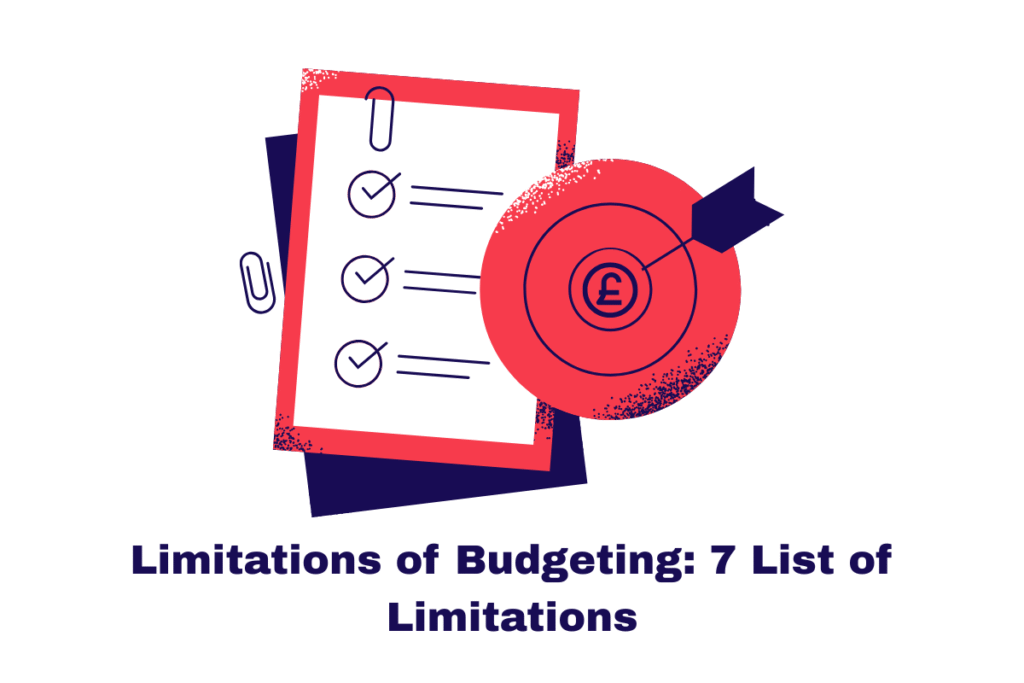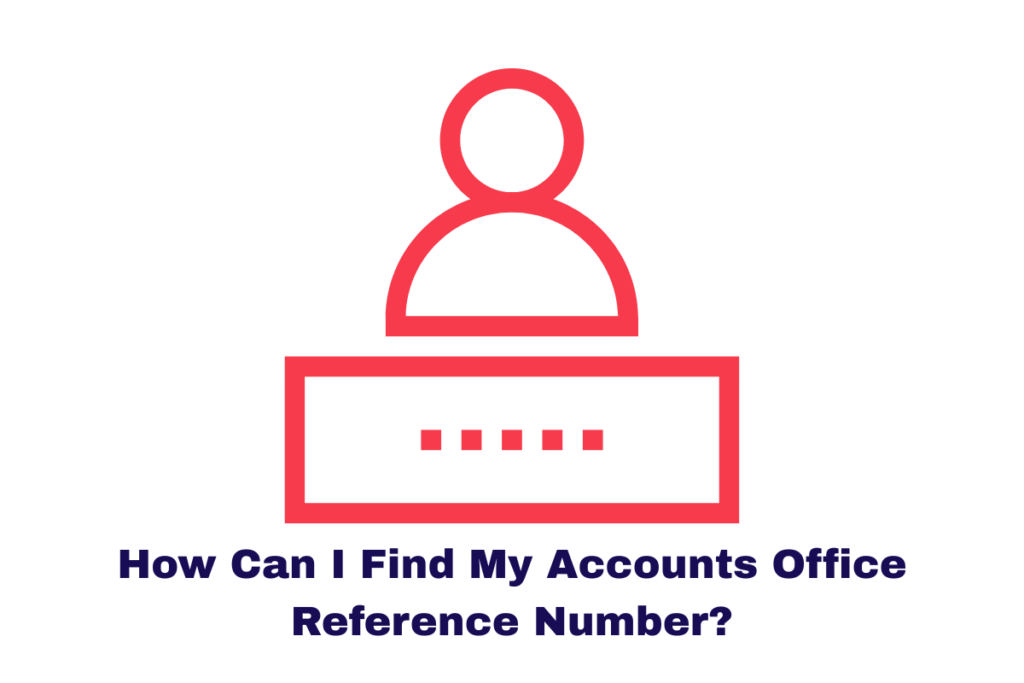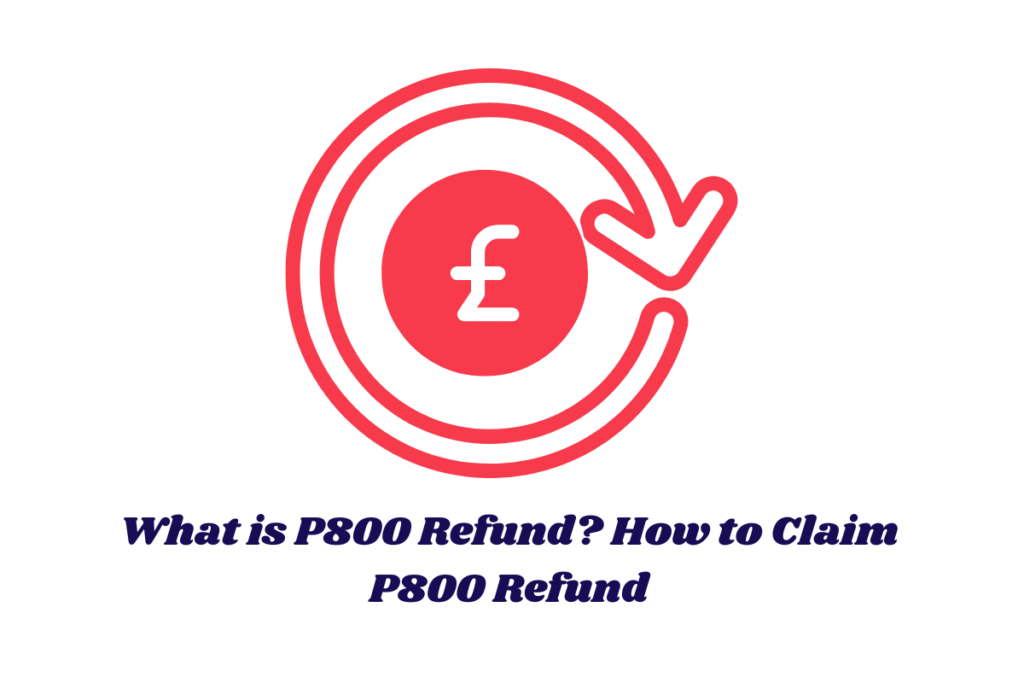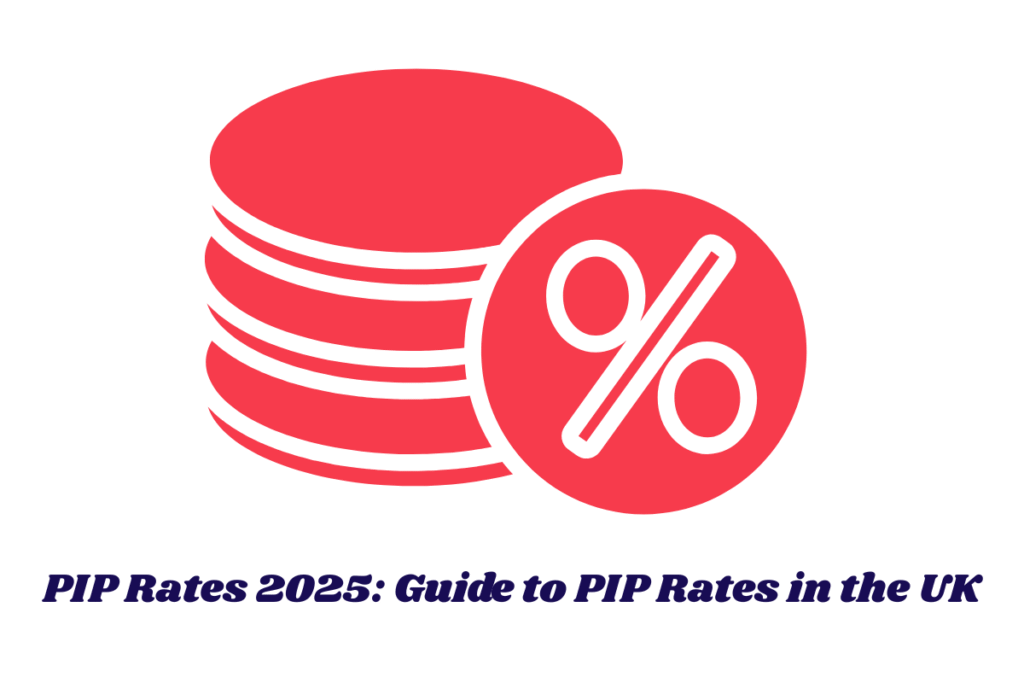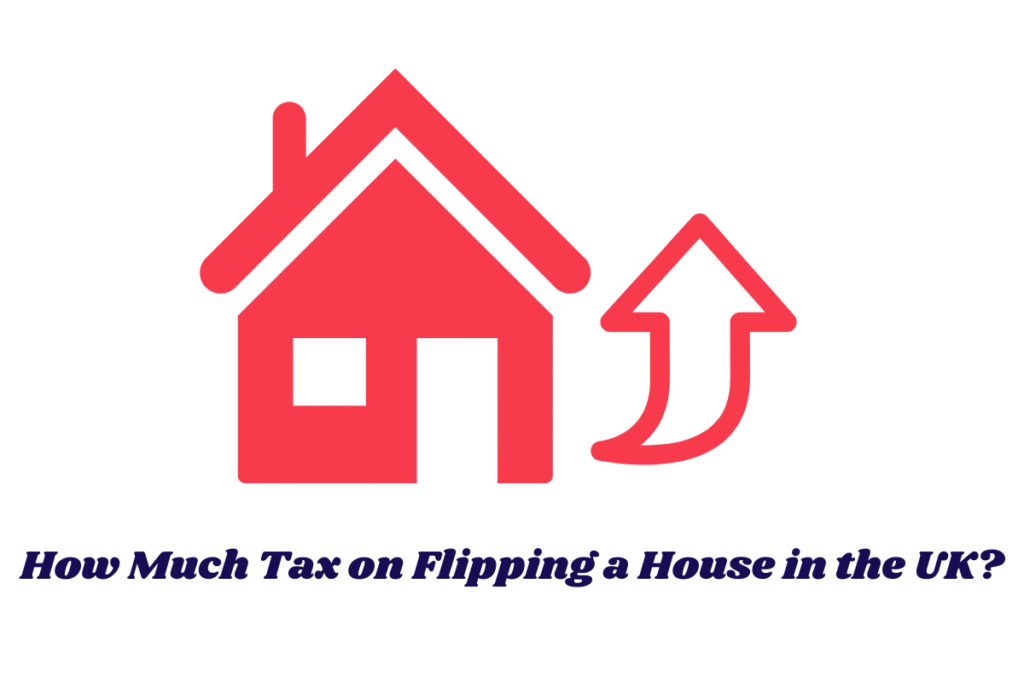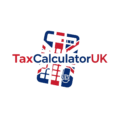When selling business assets like machinery or equipment, you may come across the term balancing charge. But what is a balancing charge, and how does it impact your business taxes?
In this article, we’ll break down the meaning of balancing charges, how they work in the UK tax system, how to calculate them accurately, and how they relate to other capital allowances like the Annual Investment Allowance (AIA). If you want clarity on this important concept and need to stay HMRC-compliant, keep reading.
What is a Balancing Charge?
A balancing charge is a tax adjustment made when the sale value of an asset exceeds its tax written-down value (TWDV). In simple terms, it’s an amount added back to your taxable profits to ensure that no excessive tax relief is claimed on the capital cost of a business asset.
What is a balancing charge in real-world terms? Let’s say you’ve claimed capital allowances on a piece of equipment and then sell it for more than its remaining tax value — the profit on disposal is not left untouched. Instead, this “profit” becomes a balancing charge and increases your taxable income.
You can also read our more guides on Personal Tax:
What is a Sole Proprietorship? Things You Should Know
How Much Will I Pay Tax on Bonus in the UK?
How to Check CIS Status in the UK ?
Highest Council Tax Bands in the UK?
When Does a Balancing Charge Apply?
You’ll need to apply a balancing charge when:
- You dispose of a business asset (e.g., by selling, scrapping, or gifting it).
- The disposal value of the asset exceeds its tax written-down value.
This ensures that capital allowances claimed over the years aren’t more than the actual cost of the asset.
How to Calculate a Balancing Charge?
To understand what is a balancing charge in action, here’s a step-by-step breakdown of how to calculate it:
Step 1: Determine the Tax Written-Down Value (TWDV)
This is the asset’s original purchase price minus the total capital allowances claimed on it.
Example:
Let’s say you bought machinery for £12,000 and claimed £5,100 in capital allowances.
Your TWDV = £12,000 – £5,100 = £6,900
Step 2: Compare with the Disposal Value
Suppose you sell the machinery for £10,000. Since £10,000 > £6,900, a balancing charge applies.
Step 3: Calculate the Balancing Charge
Balancing Charge = Disposal Value – TWDV
Balancing Charge = £10,000 – £6,900 = £3,100
You must add this £3,100 to your taxable profits for the year.
What is a Balancing Allowance?
Now that we’ve understood what is a balancing charge, it’s worth noting its opposite — the balancing allowance.
If the asset’s disposal value is less than its tax written-down value, the difference can be deducted from your taxable profits. This deduction is called a balancing allowance.
Example:
Purchase Price: £12,000
Capital Allowance Claimed: £5,100
TWDV = £6,900
If you sell the asset for £5,000, the balancing allowance is £6,900 – £5,000 = £1,900
You deduct £1,900 from your taxable profits.
🚫 Note: If you’re using the cash basis accounting method, you cannot claim balancing charges or allowances, except in specific cases like vehicle purchases.
What is the Role of Annual Investment Allowance (AIA)?
As you explore what is a balancing charge, you’ll also hear about the Annual Investment Allowance — a key part of the UK capital allowance system.
The AIA allows businesses to deduct the full value of qualifying assets from their taxable profits in the year of purchase. This helps reduce tax liabilities quickly and supports business investment.
AIA Covers:
- Plant and machinery
- Office equipment
- Tools and IT hardware
- Commercial fixtures
But it does NOT cover:
- Cars
- Land, buildings, or structures
As of the latest update, the AIA threshold is £1 million, allowing significant upfront tax relief for businesses.
💡 Plan your investments smartly with our Listen to Taxman Calculator. Estimate your capital allowances and see how they affect your taxable income.
Common FAQs
🔹 Is a balancing charge a penalty?
No, it’s not a penalty. A balancing charge ensures you’re not claiming more tax relief than the actual cost of an asset.
🔹 Do all asset disposals result in a balancing charge?
No. A balancing charge only arises when the asset is sold for more than its TWDV. Otherwise, a balancing allowance may apply.
🔹 Can you avoid balancing charges?
You can plan for them, but you can’t avoid them if your disposal value is greater than your TWDV. That’s the purpose of tax fairness.
Final Thoughts
Understanding what is a balancing charge is essential for any UK business handling capital assets. It ensures accurate tax reporting and prevents over-claiming reliefs. If the disposal value exceeds the tax written-down value, a balancing charge is added to your taxable income. Conversely, if the asset is sold for less than its TWDV, you may claim a balancing allowance.
The content provided on TaxCalculatorsUK, including our blog and articles, is for general informational purposes only and does not constitute financial, accounting, or legal advice.
You can also visit HMRC’s official website for more in-depth information about the topic.
